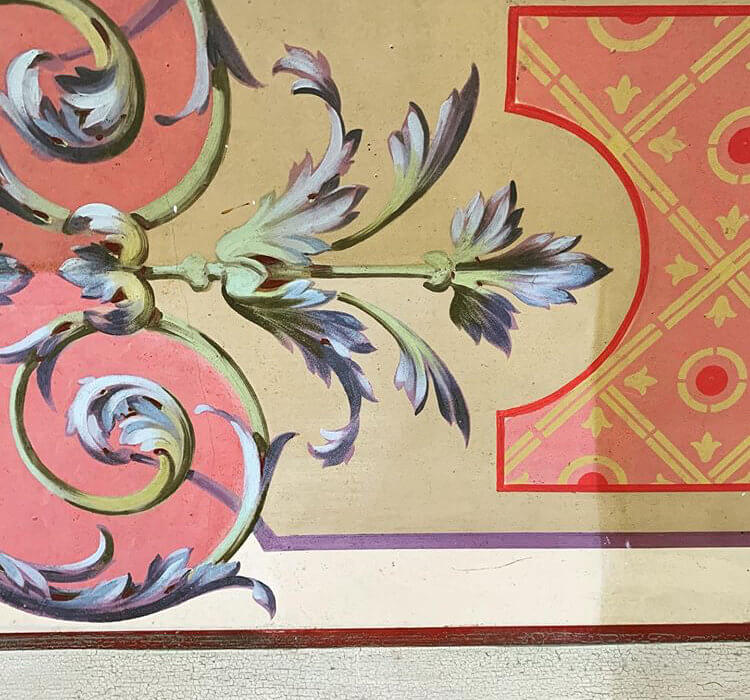Spotlight: Conservation Cleaning
Find out more about our conservation cleaning services and how we use a variety of different cleaning mediums to ensure the integrity of the surface to be cleaned.
There is very little that is more satisfying that seeing layers of dust and grime removed from a surface – the almost obligatory ‘sponge swoop’ is featured in nearly every advert for every single cleaning product, highlighting the cleaning strength of the product, whilst tapping into primal human urges around hygiene and cleanliness. And whilst cleaning products continue to improve their formulae, their primary focus is on easy-to-clean and robust modern day surfaces. But what about the fragile decorated surface of an 18th century mural, or the intricate carving of a rich original mahogany door case? It is fair to say that every surface requires regular maintenance and cleaning in order to ensure that its original lustre is retained. Using many modern-day cleaning products, however, can cause a large amount of serious and, in many cases, irreversible damage and it is in these circumstances, a professional conservation cleaning service is called for.
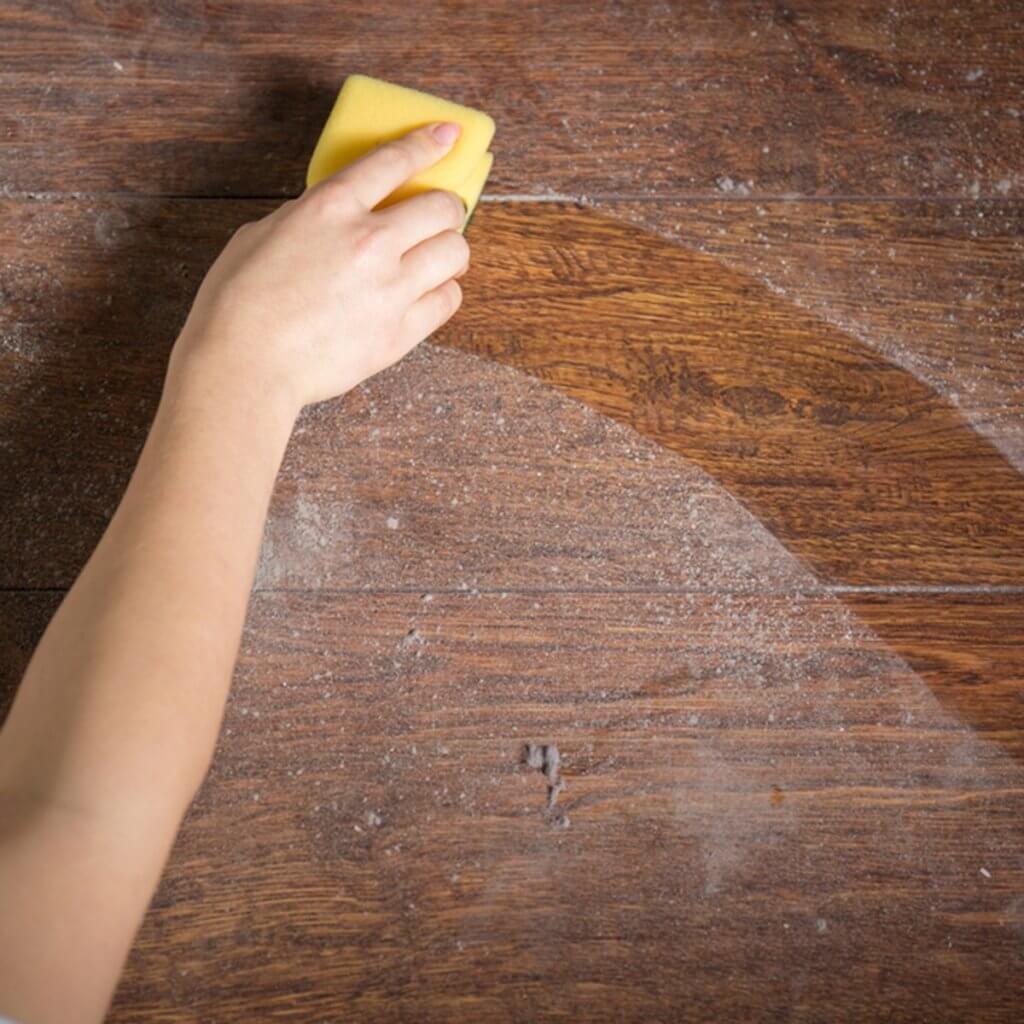
Our team is led by an ICON-accredited Conservator (ACR) who is actively involved in all of our cleaning projects from the initial pricing visits through to the facilitation and completion of the works. They have worked on a variety of different projects in both a consultative capacity as well as carrying out full conservation treatments on other projects.
Having an understanding of what to do is equally as important as understanding what not to do when cleaning historic interiors or objects. And even with our extensive experience, no two projects are the same and each need to be approached in a bespoke manner. As a result, when undertaking any conservation cleaning project, our team will begin with a set of trials in which we use different combinations of non-harmful cleaning solutions to identify the best solution for the surface in question.
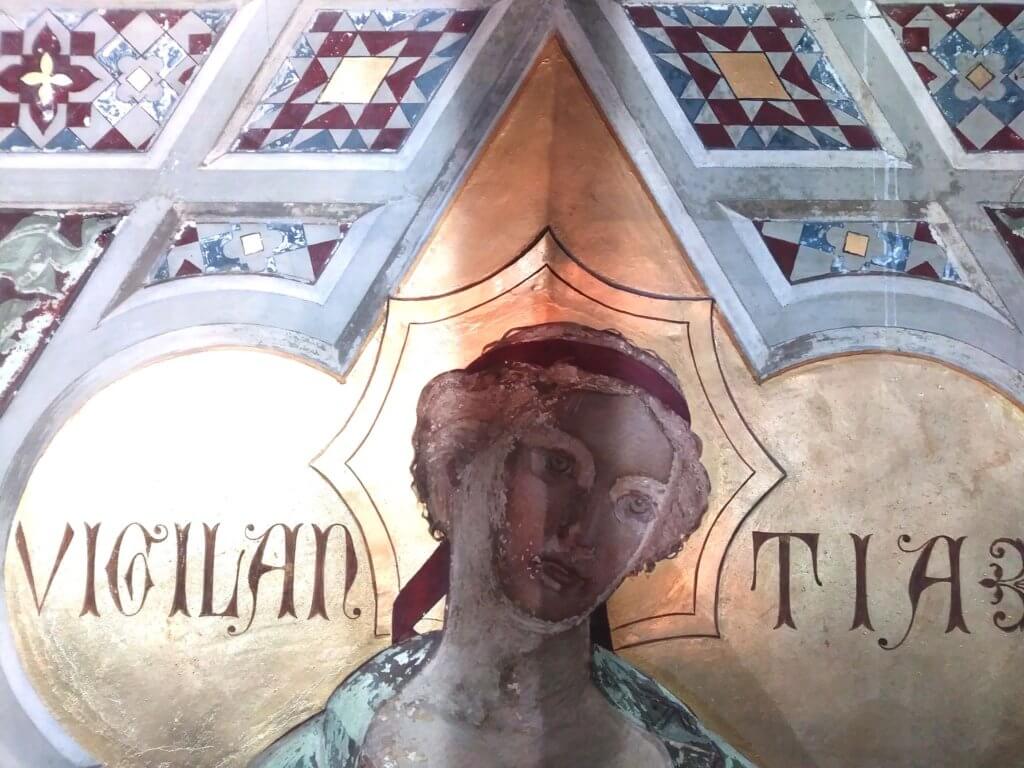
These trials will often rely on understanding what materials would have been used in the original decorative scheme and how these might react with different chemicals during the cleaning process. Different cleaning agents will then be tested on small areas, slowly increasing in strength until the desired cleaning effect has been achieved.
These trials are vital in ensuring the maintenance of the physical and historical integrity of the surface to be cleaned, ensuring that the whole process is as non-invasive as possible.
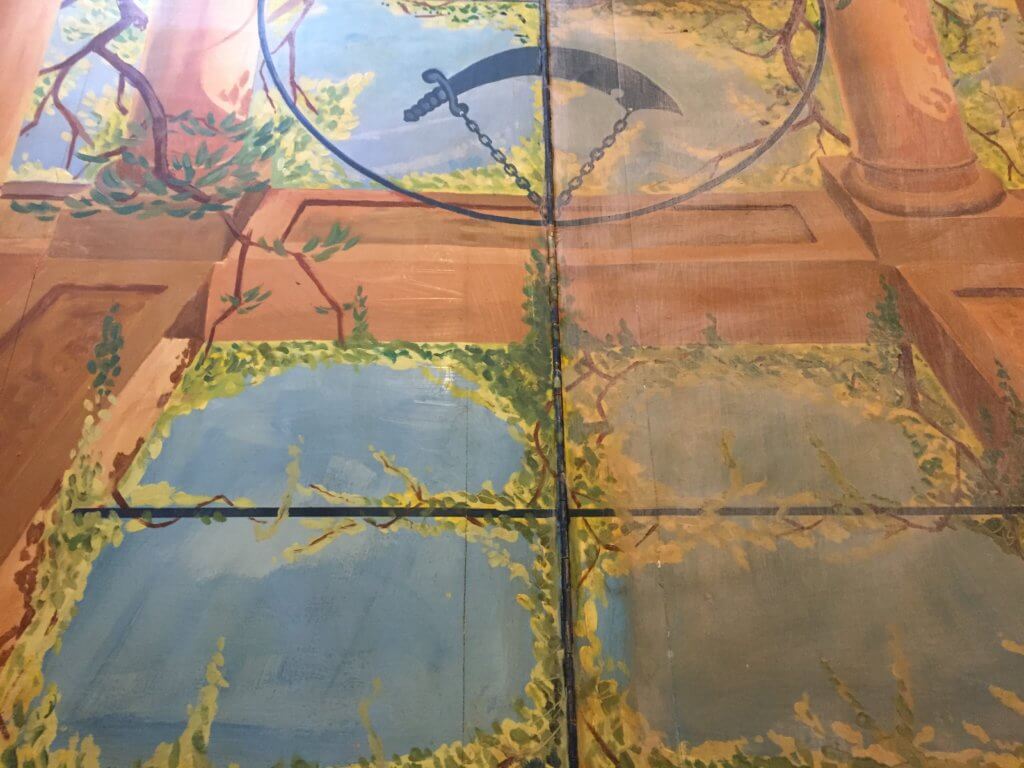
Undertaking fairly regular cleaning is also vital to preserve this integrity as well, because a lack of cleaning can also cause damage. Any build-up of dust over a period of time can attract and trap moisture, and in some cases insect infestations, such as woodworm, which can be lethal for interiors and other pieces can be missed in places that are not carefully cleaned. Most commonly observed in older pieces that have not been cleaned in some time is dust cementation; where layers of dust become compact over time, appearing grey and dark. Dust cementation often presents itself in grooves, creases, folds and carvings and is especially obvious in lighter wood surfaces.
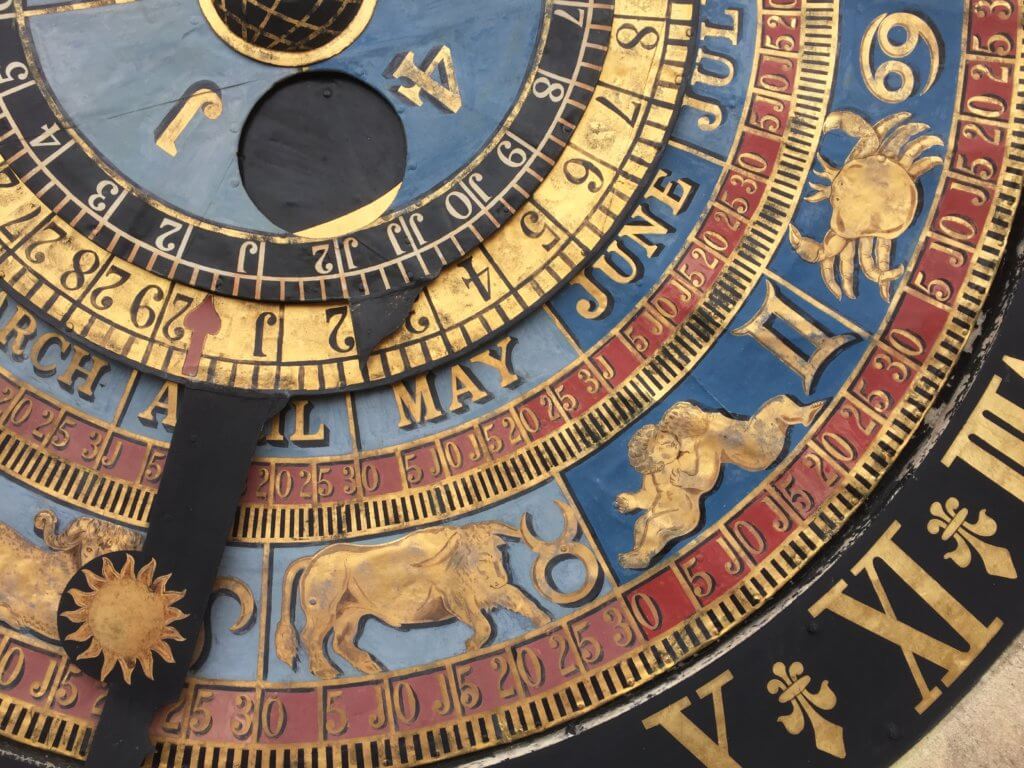
As most people have a basic understanding of how to clean in the generic sense, it can be tempting to approach the cleaning of an historic surface/interior in the same way. However, in the same way that people wouldn’t attempt self-dentistry to repair a cavity and would go to a professional, we would always suggest consulting a specialist in conservation cleaning as any attempt made without the proper expertise can (and does) cause far more harm than good.
For more information on our conservation cleaning services and how we might be able to assist in an upcoming project, contact our office on 0207 917 1724 or by email at info@britaindecoration.com.

